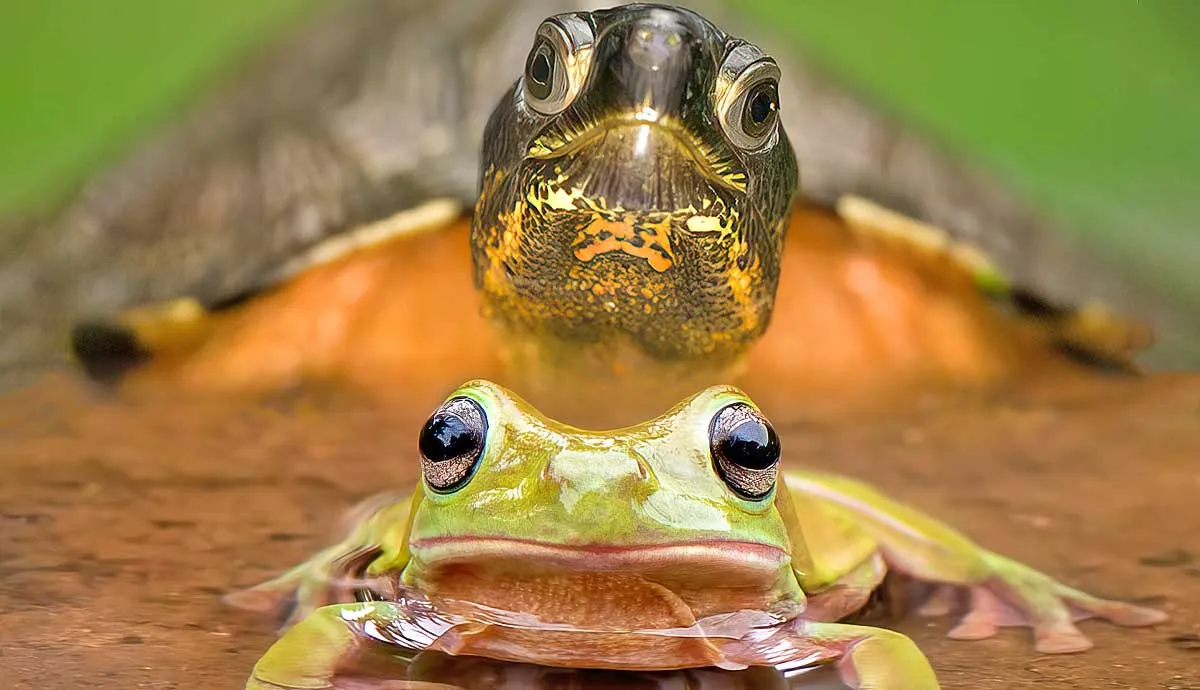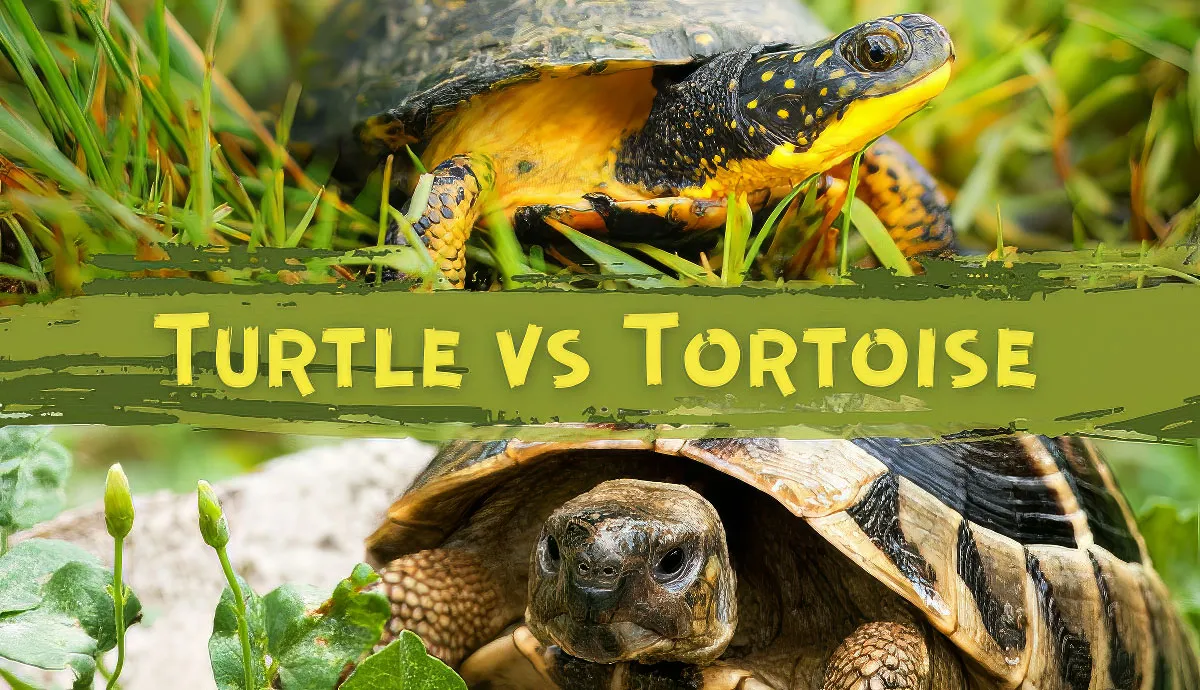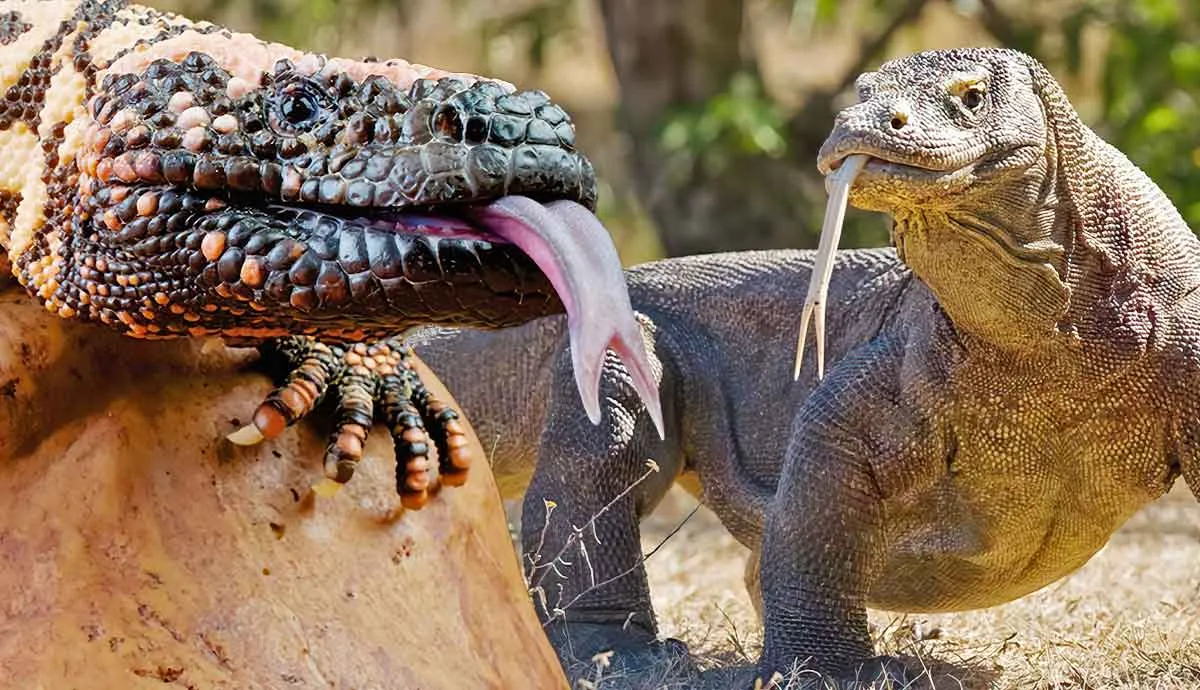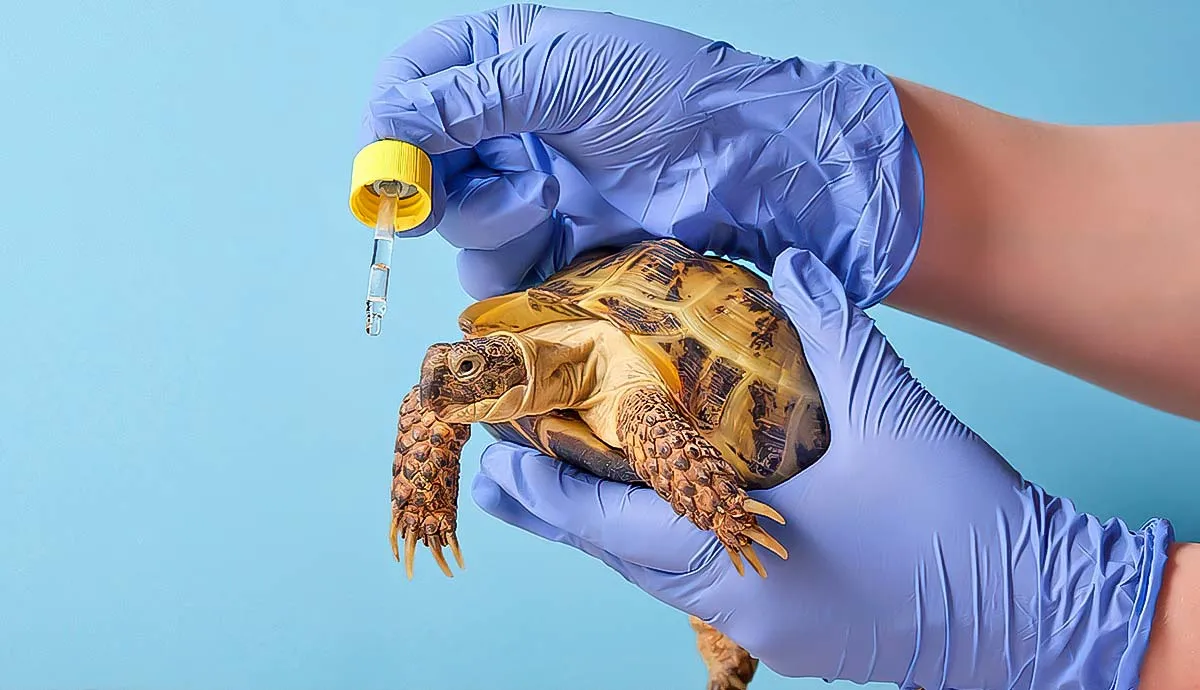The largest and strongest of all the lizards on Earth, the Komodo Dragon is a wonder to behold. These magnificent animals are fearsome predators with some terrifying hunting tactics. However, they are also an endangered species vulnerable to human activity.
We can marvel at them and appreciate them while also stepping up to protect them. And if you care to protect yourself, you’ll enjoy them from a distance! Here are some fun and frightening facts about the mighty Komodo Dragon.
The Komodo Dragon is the largest living lizard in the world

Followed by the Malayan Water Monitor, the Komodo Dragon is the largest lizard in the world. These massive animals tend to weigh around 70 kilograms or 154 pounds. The largest recorded Komodo Dragon weighed 166 kilograms or 366 pounds. They measure 7-9 feet in length on average, with the males weighing in slightly more than the females.
At hatching, these incredible creatures weigh just 3.5 ounces! That’s quite large for a lizard species, but miniscule in comparison to how large Komodo Dragons will grow. The young dragons are highly vulnerable to predators, including other Komodo Dragons. Cannibalism is common among these creatures. Many hatchlings are lost to consumption by their own species. Predation by other Komodo Dragons makes up a substantial portion of hatchling mortality.
Wild Komodo Dragons’ full lifespan is still unknown
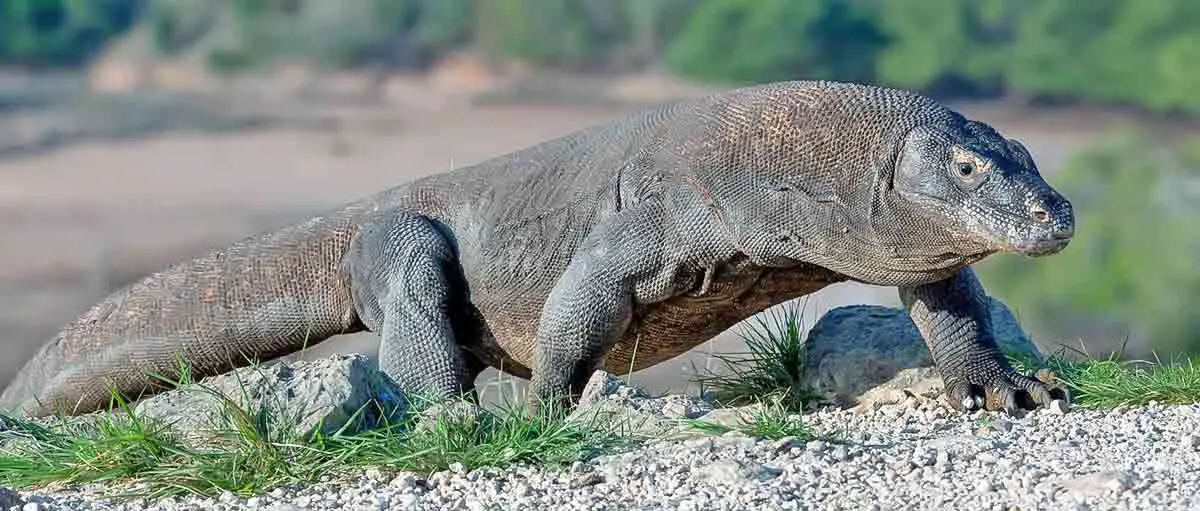
Captive Komodo Dragons live an average of 20-30 years. While wild Komodo Dragons are thought to live around 30 years, research, as to just how long they are capable of living, is still limited. This means that Komodo Dragons are some of the longest-living lizards on Earth, and it’s possible they can live even longer! In 2016, the Calgary Zoo lost its Komodo Dragon, Loka, who was the oldest living Dragon on record at 30 years of age.
The fact that Komodo Dragons are an endangered species means we don’t necessarily have the data to reflect what their lifespans looked like before human-caused challenges began to impact them. Komodo Dragons’ location on remote islands makes them vulnerable to inbreeding, and their reliance on large prey populations means that human activity impacts them greatly. In recent years, scientists have uncovered fossils of Komodo Dragons dating back 300,000 to 4 million years. Who knows how long these top predators could have lived in ancient times?
These fearsome lizards are the top predators of their ecosystems
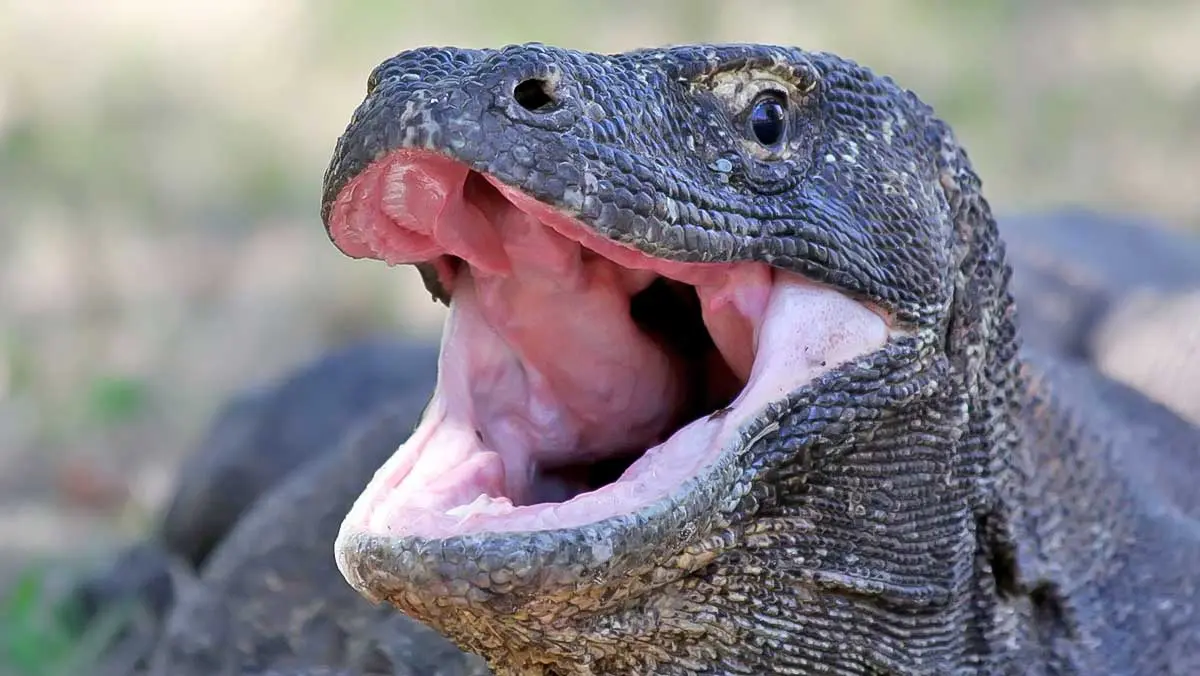
Komodo Dragons’ native range is small in the wild. A few small Indonesian Islands- including Rintja, Padar, Flores, and Komodo- comprise the entirety of these animals’ range. On these islands, the Komodo Dragon is considered an Apex predator.
Fully mature, large Komodo Dragons eat goats, pigs, deer, and other Komodo Dragons. Despite some exaggerated claims about their speed, Komodo Dragons can run only in very short bursts of 10-13 miles per hour. These tenacious predators rely on stealth and raw strength to bring down their prey. These reptiles are also equipped with sharp, serrated teeth and a highly venomous bite.
A Komodo Dragon will attempt to take down nearly any animal that crosses its path, including humans. Even prey that escapes its grasp will likely fall victim to its venom within hours. While these animals are fearsome predators, they will also scavenge on carrion.
The Komodo Dragon has an incredible sense of smell
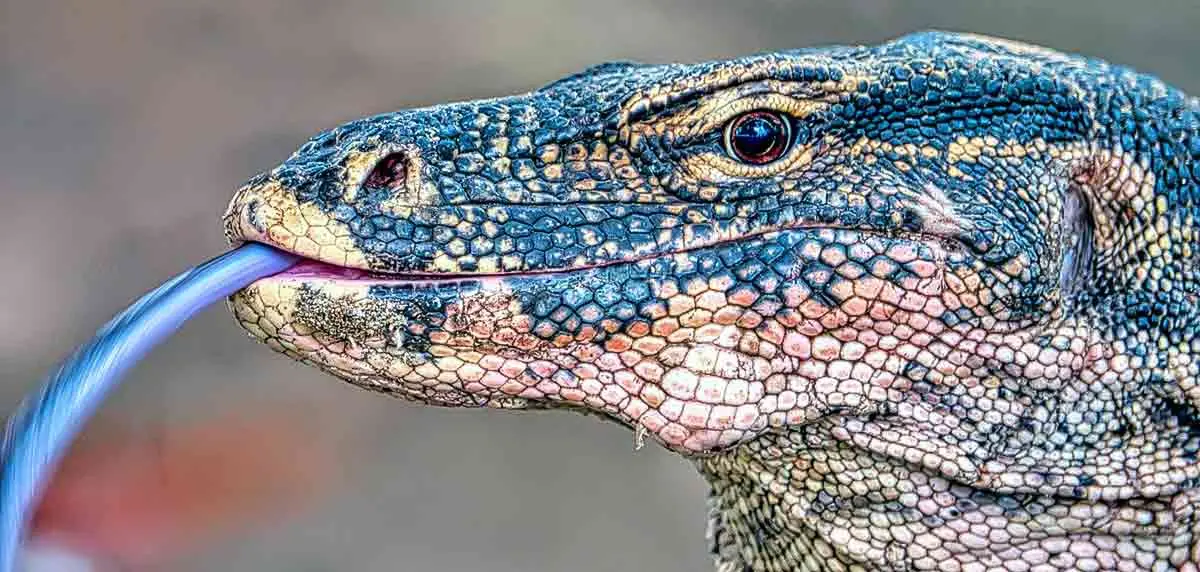
Like most reptiles, the Komodo Dragon has relatively poor eyesight, but an incredible sense of smell. Its forked tongue is capable of tracking prey from impressive distances. Komodo Dragons can smell and track down injured or dead animals from ten miles away and can even distinguish the scent of pregnant or non-pregnant prey.
If a Komodo Dragon’s hunt is unsuccessful at first, it will continue to track the scent of its wounded prey until the animal succumbs to its venomous bite. This predator gets what it wants!
It is illegal- and a terrible idea- to keep a Komodo Dragon as a pet

Because Komodo Dragons are a globally recognized endangered species, trading or selling these reptiles or their body parts is highly illegal and would be harmful to their conservation. Commercial trade of Komodo Dragons is outlawed entirely, and obtaining a Komodo Dragon for conservation reasons requires a permit from the Indonesian government.
But even if Komodo Dragons were legal to keep as pets, you wouldn’t want one! These highly aggressive animals will develop predatory instincts whether raised in captivity or not. A Komodo Dragon’s venom can kill an adult human in a matter of hours. Even a single bite could be fatal. Doesn’t sound like the best creature to have strolling around the house, does it?
The best thing that we as humans can do for Komodo Dragons is to support their populations in the wild and admire them from afar! If you’re interested in lizards as companion animals, consider sticking with species that are easy to breed in captivity and care for, such as Leopard Geckos and Bearded Dragons. Your local reptile rescue can point you in the right direction!


